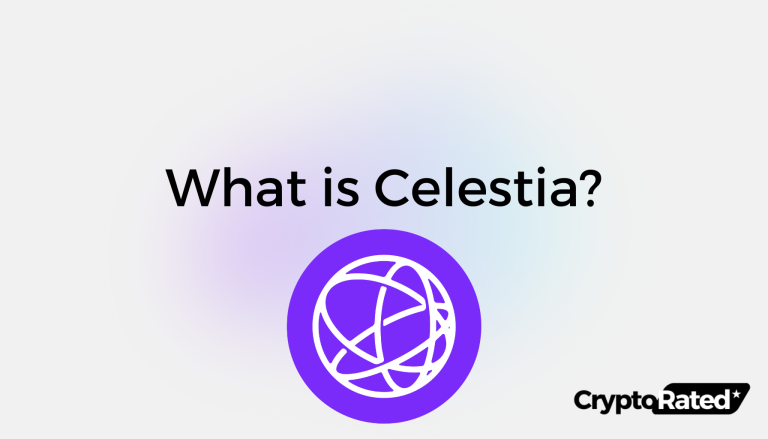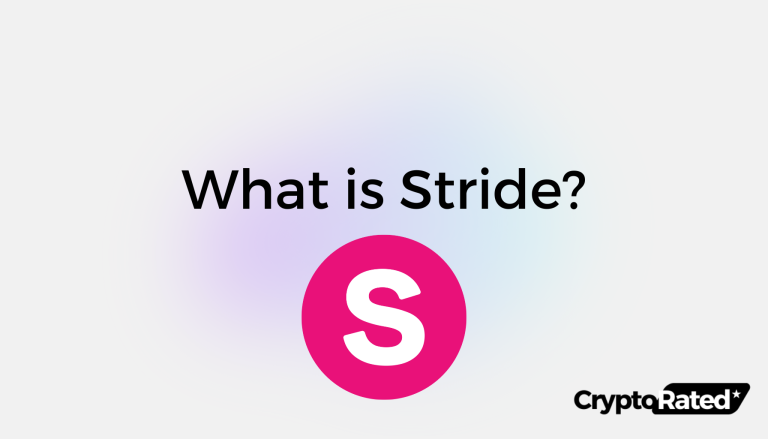
What Is Stellar (XLM)?
Stellar is a decentralized blockchain network developed by the Stellar Development Foundation. The network connects banks, payment systems, and people to facilitate low-cost, cross-border, cross-asset financial transactions.
Stellar’s native cryptocurrency is called the lumen, which trades under the symbol XLM on various cryptocurrency exchanges. Lumens are used on the Stellar network to pay transaction and account initialization fees.
Key Takeaways
- Stellar is a decentralized protocol that runs on open-source code to transfer value domestically and across borders.
- The Stellar blockchain’s cryptocurrency is called the lumen, a token that trades under the symbol XLM.
- Stellar is a top 25 crypto asset, with a market cap of nearly $3.4 billion1.
Stellar’s unique features include its ability to support multi-currency transactions, fast transaction processing time, and low transaction fees. Stellar’s network has been used by companies such as IBM and Deloitte to facilitate cross-border payments and other financial transactions. The network’s focus on interoperability and its ability to connect disparate financial systems make it an attractive option for those looking to enter the world of blockchain-based finance.
History of Stellar
Stellar.org is a nonprofit organization founded by Jed McCaleb2. The project received initial funding from Stripe3.
In 2018, Stellar signed a deal with TransferTo for cross-border payments to over 70 nations4. It was also the first distributed technology ledger to obtain a Shariah-compliance certificate for payments and asset tokenization5.
Stellar was selected by IBM to collaborate on a double-pegged stablecoin project6.
Concerns About Stellar
Stellar’s coin burns have caused controversy among investors. In November 2019, the Stellar Foundation burned roughly half of its outstanding coins, which caused a short-term rise in the price of XLM. However, this rally quickly faded. Coin burns are controversial because they imply the kind of manipulation that decentralized systems are supposed to protect against7.
The Future of Stellar
Stellar is a blockchain network that focuses on offering services such as remittances and bank loans to the ‘unbanked’ in developing nations8.
Stellar supports a distributed exchange system, which allows users to send payments in specific currencies even though they may hold credits in another, while the network automatically performs the forex conversion9.
The receiver can withdraw their currency equivalent through a partner institute like a bank10. This feature is expected to reduce transaction costs and time lags significantly.
Stellar works similarly to technologies like Bitcoin, but its key distinguishing feature is its consensus protocol, the Stellar Consensus Protocol (SCP). Under this protocol, the transaction authentication process is confined to a select set of ‘user-defined’ trustworthy nodes rather than being left open to the whole network of nodes11.
As with any asset within a risky asset class, it is unclear whether the lumen will become popular in the future. However, Stellar’s focus on developing economies and its distributed exchange mode could make it a viable option for those who are outside of the traditional banking system.
Overall, Stellar’s unique features and focus on developing economies make it an interesting blockchain network to watch in the future.
Is XLM Crypto a Good Investment?
Investors should carefully research Stellar and its cryptocurrency, XLM, before making an investment. XLM is primarily used for on-chain transactions, but its investment potential is worth considering. Seeking professional advice from an investment advisor can help determine if XLM could be a suitable addition to your portfolio.
What Is XLM Cryptocurrency?
XLM is the native digital currency of the Stellar blockchain. It is used to pay transaction fees and can be purchased on select exchanges for other purposes.
Is XLM Better Than XRP?
XRP and XLM have different purposes. XRP is used to facilitate banking transactions on the Ripple network, while XLM is used to facilitate cross-border and cross-asset transactions on the Stellar blockchain. Whether XLM is better than XRP depends on individual preferences and needs.
Certainly! Here’s a small table comparing Stellar (XLM) and Ripple (XRP) across five key fields:
| Feature | Stellar (XLM) | Ripple (XRP) |
|---|---|---|
| Founding Year | 2014 | 2012 |
| Primary Use Case | Facilitating cross-border payments and asset issuance | Facilitating cross-border payments and supporting financial institutions |
| Consensus Algorithm | Stellar Consensus Protocol (SCP) | Ripple Protocol Consensus Algorithm (RPCA) |
| Supply Mechanism | 100 billion XLM created at launch. In 2019, a cap of 50 billion was put on the coin12. | 100 billion XRP created at launch, with a portion held in escrow |
| Decentralization | Aims for greater decentralization with a consensus mechanism that involves various validators | Some critics argue that Ripple’s consensus algorithm may be less decentralized compared to other cryptocurrencies |
The Bottom Line
Stellar is a blockchain network that aims to facilitate cross-border payments without the involvement of third parties. It uses its native cryptocurrency, the lumen (XLM), as a bridge currency to enable faster and cheaper transactions. Stellar’s unique features make it a promising platform for businesses and individuals looking to make international payments.
However, as with any investment, it is important to conduct thorough research and consult with a financial advisor before investing in cryptocurrency.
Frequently Asked Questions
What Factors Could Influence Stellar Lumens’ Price in the Future?
The price of Stellar Lumens (XLM) could be influenced by various factors, including market trends, investor sentiment, and global economic conditions. Additionally, the adoption and integration of Stellar’s technology by financial institutions and businesses could also affect the price of XLM. The supply and demand of XLM in the market could also impact its price.
How Does the Stellar Blockchain Differ from Other Blockchain Technologies?
The Stellar blockchain is a decentralized network that aims to facilitate cross-border payments and asset transfers. It differs from other blockchain technologies in that it uses a unique consensus algorithm called the Stellar Consensus Protocol (SCP), which allows for faster transaction processing times and lower transaction fees. Stellar also uses its native cryptocurrency called Lumens (XLM) as a bridge currency for cross-border payments.
What is the Origin of Stellar Cryptocurrency?
Stellar was created in 2014 by Jed McCaleb, one of the co-founders of Ripple13. The goal behind Stellar was to create a decentralized network that could facilitate cross-border payments and asset transfers, particularly for those in developing economies.
Stellar was initially built on Ripple’s protocol, but it has since diverged and developed its own unique consensus algorithm14.
How Does Stellar’s XLM Compare to Ripple’s XRP in Terms of Technology and Use Cases?
While both Stellar’s XLM and Ripple’s XRP serve as bridge currencies for cross-border payments, they differ in their approach and use cases. Ripple’s focus is primarily on helping banks make swift cross-border payments at little to zero cost, while Stellar’s focus is on helping the average person, particularly those in developing economies, to send and receive instant and affordable payments.
Additionally, Stellar uses a unique consensus algorithm called the Stellar Consensus Protocol (SCP), which allows for faster transaction processing times and lower transaction fees.
What are the Current Functionalities and Uses of Stellar’s Native App?
Stellar’s native app, called the Stellar Wallet, allows users to store, send, and receive lumens (XLM) and other assets issued on the Stellar blockchain. The SDK also allows users to trade assets on the Stellar decentralized exchange and access various dApps built on the Stellar network. Additionally, the Stellar account viewer supports multi-signature security features to ensure the safety of users’ assets.
How Does Stellar’s Performance and Approach Compare with Cardano’s in the Cryptocurrency Market?
While both Stellar and Cardano aim to create decentralized networks for facilitating cross-border payments and asset transfers, they differ in their approach and technology.
Stellar uses a unique consensus algorithm called the Stellar Consensus Protocol (SCP), which allows for faster transaction processing times and lower transaction fees. Cardano, on the other hand, uses a proof-of-stake (PoS) consensus algorithm and has a focus on scalability and interoperability.
Additionally, while Stellar is primarily mission-driven, Cardano has a strong focus on research and academic rigor in its development approach.

WRITTEN
Mariquita de Boissière
Through storytelling and detailed research, Mariquita connects the brightest developer talent and most motivated community members to web3 changemakers. From contributing top-of-funnel educational content for web3 onboarding projects like Surge.io to collaborating with Hedera’s HBAR Foundation on content marketing strategy, Mariquita has worked with some of the top artists, founders and builders in the space.




